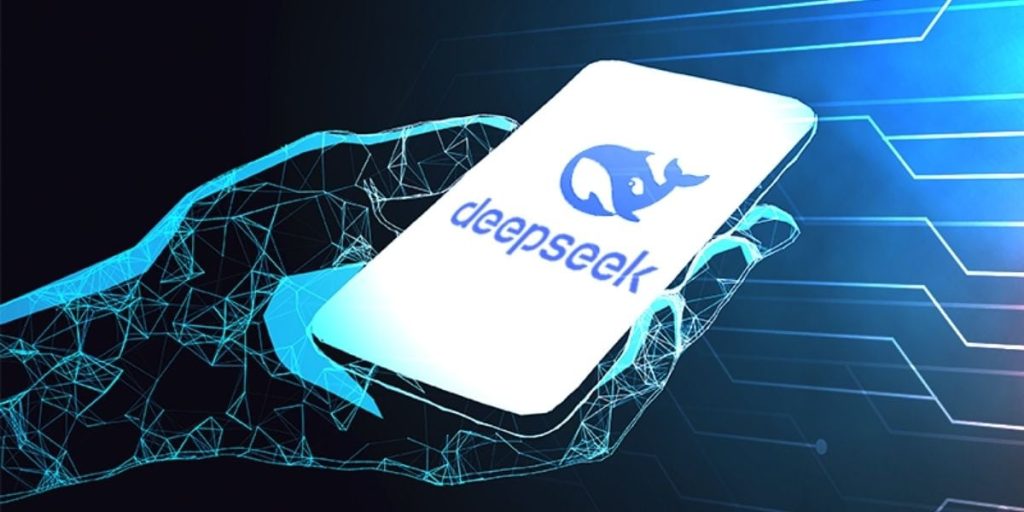DeepSeek, a Chinese AI startup, has shocked Silicon Valley by releasing open source models that compete with those of big U.S. companies like OpenAI. A recent Bloomberg report says that its cost-effective design and public distribution method have sparked interest and competition around the world.
DeepSeek: From Hedge Fund Roots to AI Disruption
DeepSeek originates from High Flyer, a quant focused hedge fund based in Hangzhou, founded by Liang Wenfeng in 2023. High Flyer had already built an AI driven trading system and massive GPU clusters. In mid 2023, its AI team spun off into DeepSeek as a separate company.
Since then, DeepSeek launched a series of models: DeepSeek Coder in late 2023; general purpose DeepSeek LLM in December 2023; DeepSeek V2 in mid 2024; DeepSeek Coder V2 in July 2024; and DeepSeek V3 in December 2024.
Most recently, in January 2025, it introduced DeepSeek R1, a reasoning model that brought the company to global attention. These models are open source, high performing, and remarkably cost efficient, a rare combination.
A Market Shocker with DeepSeek R1 and V3
The R1 model gained instant notoriety for built at an estimated cost under $6 million. This figure is important because it is significantly lower than the tens of millions typically spent by U.S. firms. Moreover, it also began outperforming benchmarks sponsored by OpenAI.
Soon after its release, Nvidia’s stock collapsed by nearly 17 percent, erasing more than $600 billion in market value overnight. This dramatic reaction led many analysts to liken the moment to “AI’s Sputnik moment.” Despite the panic, some investors remain optimistic, viewing the sell off as a possible buying opportunity.
Open Source Disruption Meets National Security Concerns
DeepSeek’s models have been widely praised for democratizing AI access. Released under the MIT or Apache 2.0 licenses, they empower developers to fine tune and deploy powerful AI with minimal infrastructure costs.
But the rise hasn’t come without scrutiny. A recent study revealed that DeepSeek exhibits semantic level content suppression. Which is to say that internal reasoning may contain sensitive material that the final output suppresses or reframes, suggesting possible state aligned messaging.
U.S. senators have also flagged national security risks, requesting a government investigation into whether Chinese AIs collects American user data or delayed export compliance.
Moreover, a safety audit found DeepSeek R1 vulnerable to risky outputs after adversarial prompting.
These concerns echo those surrounding other controversial tech platforms, prompting several countries to examine or restrict DeepSeek’s usage on safety grounds.
Key Implications
Global Democratization: Less resource intensive AI fosters innovation across academia, startups, and regions with limited funding.
Cloud and Hardware Pressure: U.S. AI infrastructure players, especially Nvidia, face competition from models that demand fewer computing resources.
Regulatory Backlash: Privacy, safety, and censorship issues raise the stakes for model audits and international governance.
AI Strategy Shakeup: From U.S. government funding to open source rivalries, the rulebook is being rewritten in real time.
DeepSeek’s rapid ascent underscores a changing global AI ecosystem where efficiency and openness challenge traditional dominance. While its models offer tremendous promise for accessible innovation, they also pose questions about safety, equity, and geopolitical risk.

